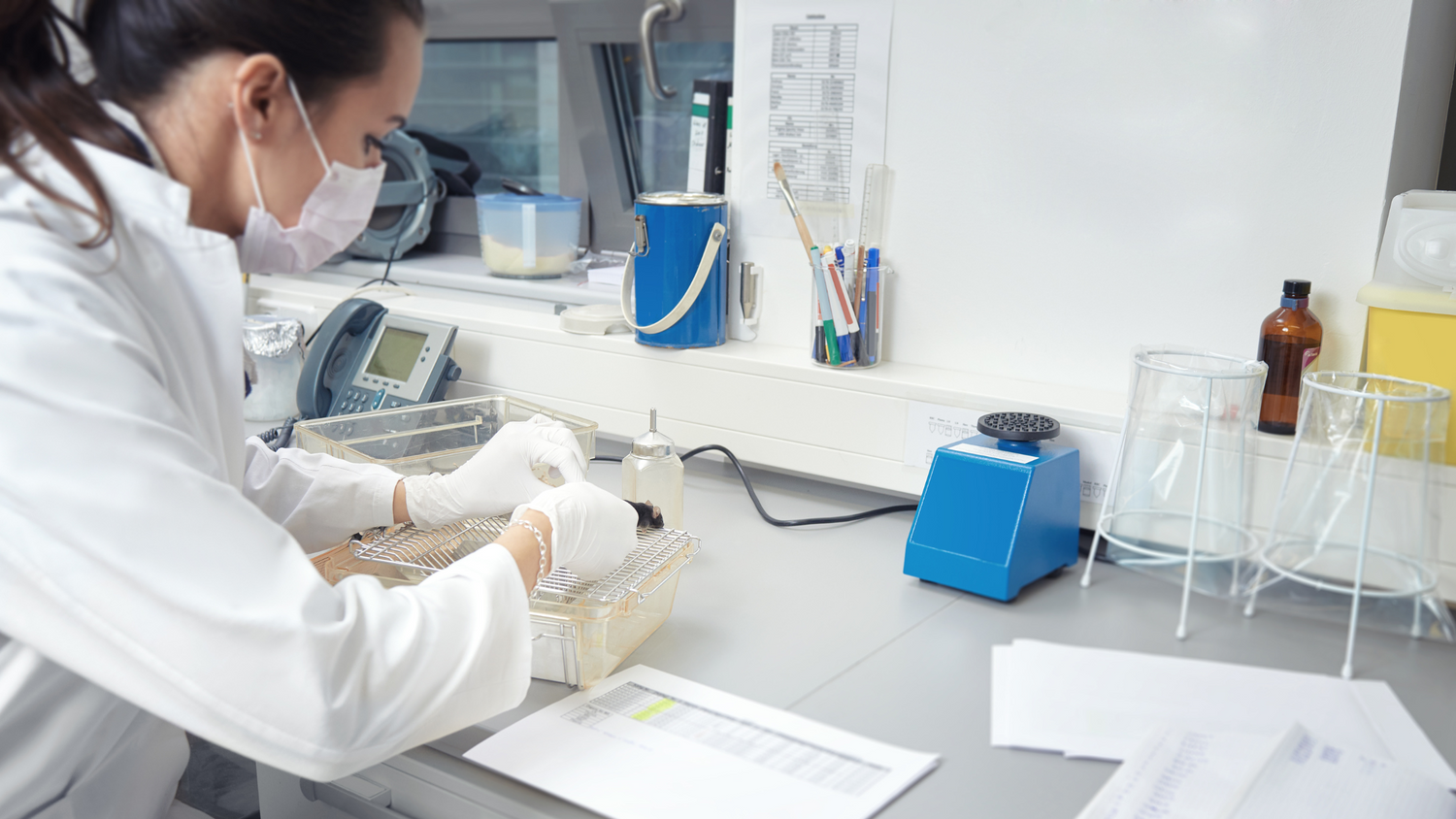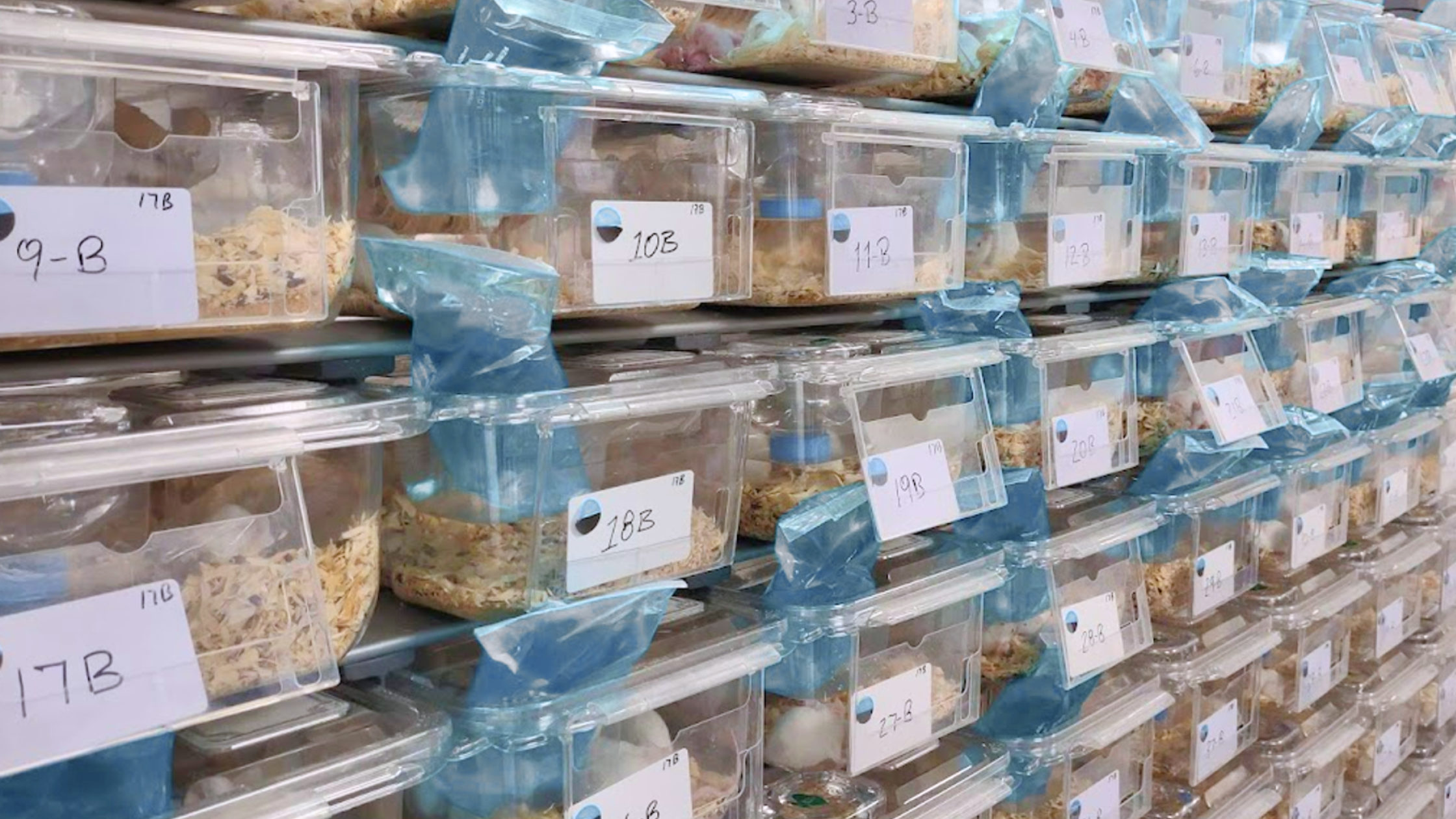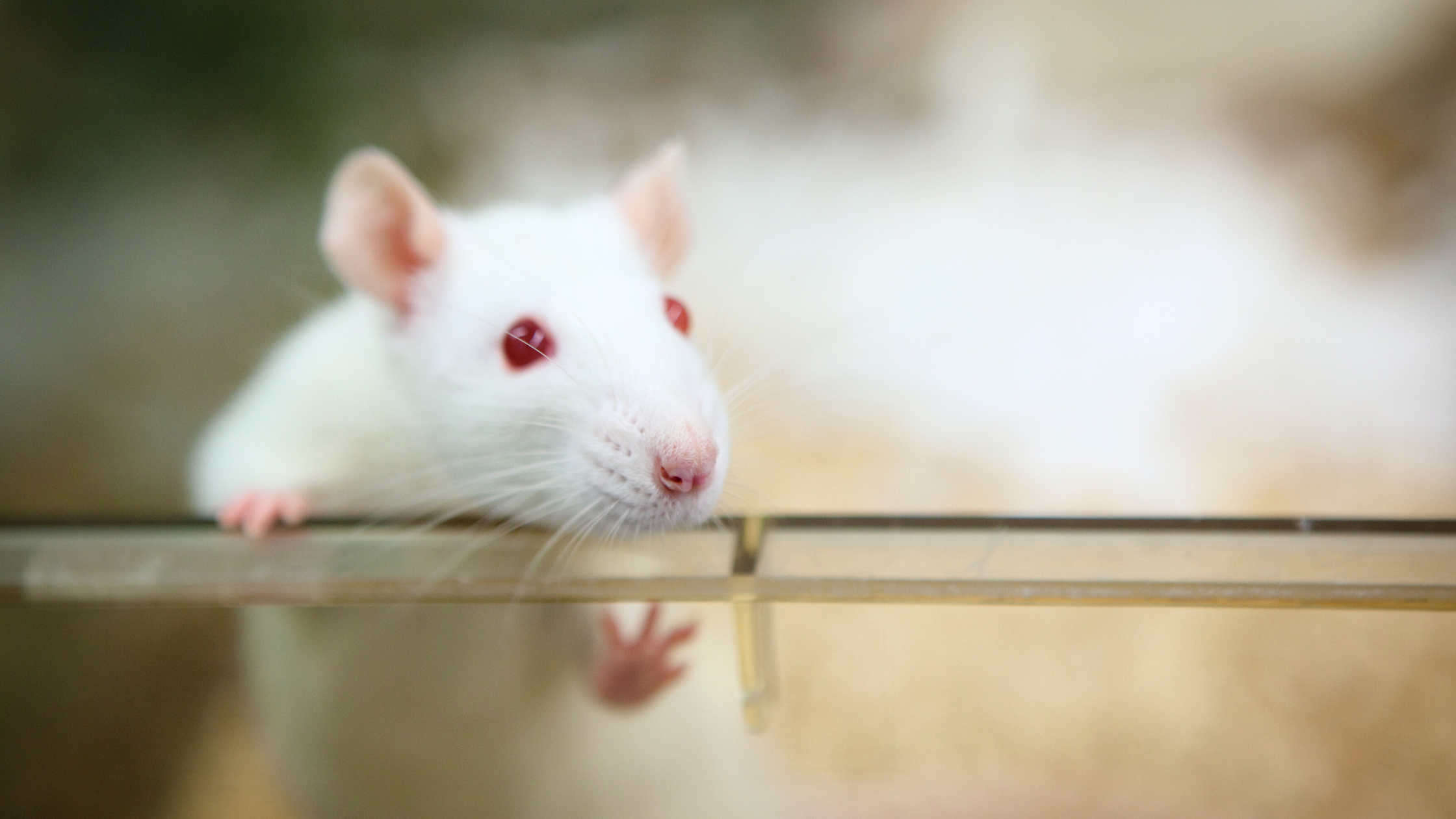Animal research facilities are currently facing significant labor challenges, which can impact the quality of animal care and the integrity of research outcomes. Staffing shortages, increased workloads, and high turnover rates are making it difficult for facilities to maintain efficiency while upholding high standards of animal welfare. One area that can be optimized to reduce labor demands is hydration management. Traditional watering systems require intensive labor for maintenance, monitoring, and cleaning, whereas alternative hydration solutions can significantly alleviate these burdens.
Labor Challenges in Animal Research Facilities
Recent reports underscore the persistent staffing shortages in animal research facilities. A 2020 study published in Frontiers in Veterinary Science emphasized that insufficient staffing contributes to workplace stress among personnel, leading to burnout and high turnover rates. The study highlighted the importance of strengthening workplace well-being in research animal facilities to retain skilled professionals and ensure consistent animal care1.
The Labor-Intensive Nature of Traditional Hydration Methods
Traditional hydration methods, such as manual watering systems, remain labor-intensive. Technicians are required to fill, sanitize, and monitor numerous water bottles regularly, consuming substantial labor hours and increasing the risk of ergonomic injuries due to repetitive motions and heavy lifting. Our 2023 survey on Rodent Water Supply Systems highlights this challenge, with 21.1% of respondents citing poor ergonomics as a key problem with their current system2. Even automated systems necessitate regular maintenance and monitoring to prevent issues like biofilm formation, which can compromise water quality and animal health3.

Implementing Efficient Rodent Hydration Solutions
To address these challenges, some facilities are adopting pre-filled, disposable hydration systems that provide labor and cost-saving benefits:
- Pre-Filled Disposable Bottles: Many organizations that leverage disposable caging are opting for the disposable water system provided by cage manufacturers. These pre-filled disposable bottles are made to fit specific cage systems and can generally deliver 300mLs of water for mice or 850mLs for rats.
- Pre-Filled Disposable Pouches: Animal research facilities are also exploring the use of pre-filled disposable water pouches. Due to their pliability, water pouches can often deliver increased volumes of water in the same water bottle receptacle. AquaPak®, for example, can deliver 450mLs of water in Innovive mouse cage lids, often extending changeouts to 2-week intervals depending on cage density.
Benefits of Efficient Hydration Solutions
Both pre-filled options provide similar benefits:
- Labor Reduction: Facilities implementing pre-filled disposable bottles or pouches can significantly reduce labor associated with routine animal husbandry by eliminating the need for bottle/pouch filling and cleaning. This video shows how easy it is to apply a water pouch.
- Aligned Changeouts: Water pouches can extend your water supply so that cage lid changeouts align with cage bottom changeouts, saving time and improving efficiency for animal care teams.
- Improved Animal Welfare: Providing consistent, high-quality water reduces stress on animals, leading to more reliable research outcomes and fewer health complications4.
Integrating AquaPak® and AquaValve® for Efficient Hydration Management

For research facilities aiming to streamline hydration while reducing labor demands, AquaPak® offers a practical, ready-to-use solution that's compatible with most cage systems. Unlike traditional water bottles that require frequent refilling, washing, and sanitization, AquaPak® pouches come pre-filled with purified water, ensuring a consistent and contamination-free water source. Each pouch provides an extended water supply—a single 450ml pouch can hydrate a five-mouse cage for up to 14 days—reducing the frequency of water changes and the associated labor. Browse all AquaPak® formulations here.

AquaValve® serves as an easy-to-use, disposable drinking valve designed to seamlessly integrate with AquaPak®. The valve provides controlled water access, reducing spillage and ensuring reliable hydration without the risk of leaks common in automated watering setups or other pouch products. AquaValve® ensures durability and longevity, featuring a stainless-steel chew-resistant lixit and BPA-free materials. Learn more about AquaValve® here.
By adopting efficient hydration solutions and improving water quality management, animal research facilities can alleviate labor challenges, enhance animal welfare, and maintain the integrity of their research. As staffing shortages continue to pose difficulties, innovative hydration methods can significantly reduce technician workload while ensuring animals receive consistent and high-quality care.
References
- Strengthening Workplace Well-Being in Research Animal Facilities
- Rodent Water Supply Systems 2023 Survey Results
- Water Quality and Water Delivery Systems
- Water Quality and Availability: Ensuring Research Animal Health and Study Integrity
- Influence of Feed and Drinking Water on Terrestrial Animal Research
- Basic Animal Facility Management
- Management of Laboratory Animals
- Ergonomics Process for the Care and Use of Research Animals
- Guidelines on Experimental Food or Water Restriction or Manipulation in Laboratory Animals
- Creating Space to Build Emotional Resilience in the Animal Research Workplace




Leave a comment
All comments are moderated before being published.
This site is protected by hCaptcha and the hCaptcha Privacy Policy and Terms of Service apply.